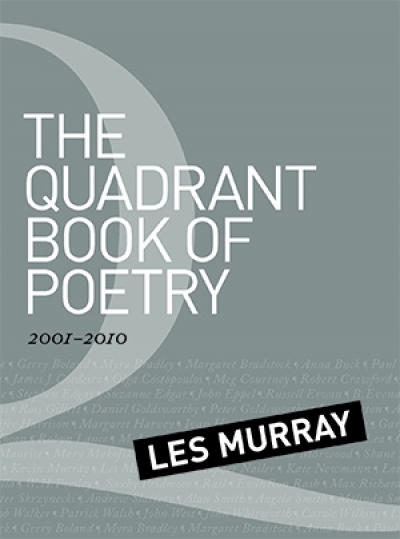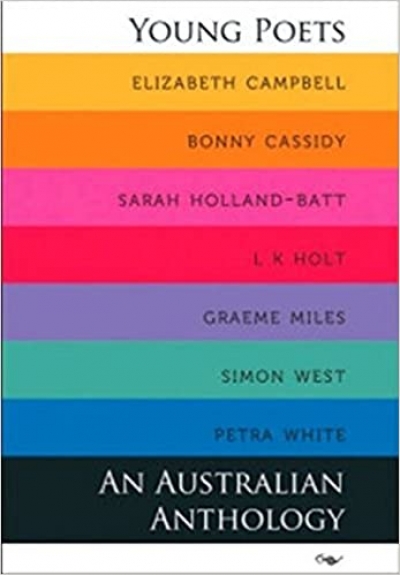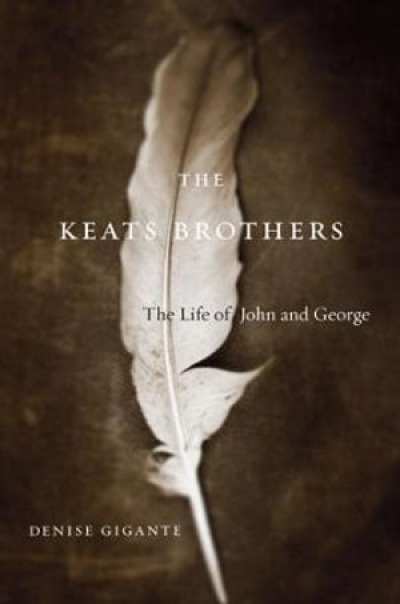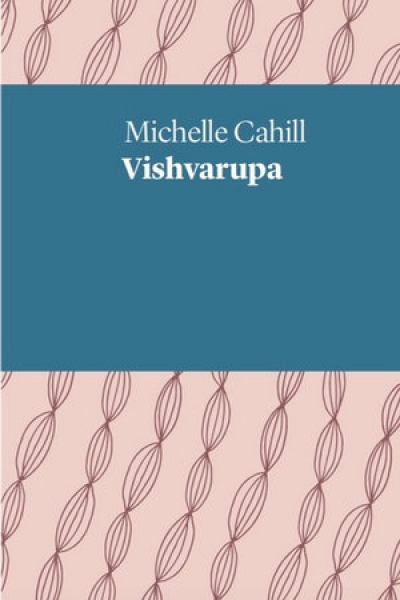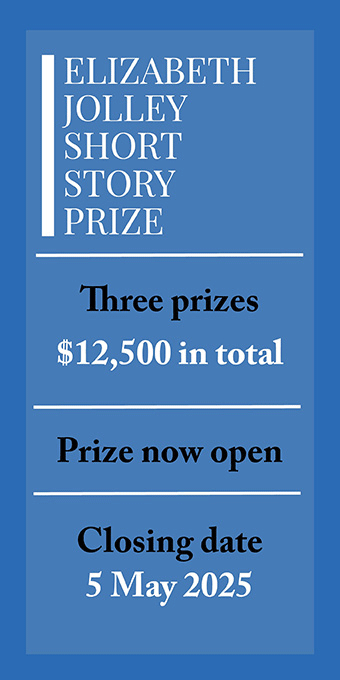Like all good titles, Kate Lilley’s Ladylike offers the reader a coded and evocative entrée into her new collection. These poems are concerned with exposing and critiquing some of the expectations of femininity, of being ladylike, as found in the past and the present, in contemporary cultures such as the cinema and in the discourses of the academy. The idea of ‘liking ladies’ is also central to these poems, as a current of desires that cuts across more conventional notions of the lady. The title also suggests a motif of mirroring, even doubling, where a self is similar to, perhaps even indistinguishable from an ‘other’, and yet is also simultaneously different, a simulacra or sign that can never be the thing in question. It is within this point of slippage – this petticoat slide between an embodiment of femininity and its repetitions or likenesses – that Lilley’s poetry operates, generating a reading experience which can be both vertiginous and full of the rigour of possibilities.
...
(read more)


